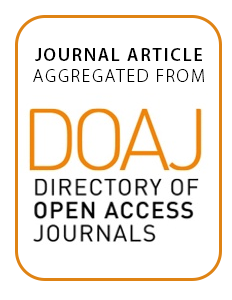Resource information
Within the framework of the project „Flood Prevention and Nature Conservation in the Weisseritz area“ („HochNatur“),
a method including landscape metrics was developed and applied to assess and to compare different land
use scenarios with regard to flood prevention and nature conservation. For the analysis, two sub-catchments strongly
differing in land use within the Weisseritz catchment (Eastern Erzgebirge, Saxony, Germany) were selected. The
first step of the evaluation procedure was a biotope assessment using three assessment criteria (naturalness, substitutability,
rareness / endangerment). However, the biotope assessment did not yield any information about spatial
distribution or the structural composition of the landscape. Therefore, landscape metrics were applied to analyse the
structural and biotope type diversity at the landscape scale. Different landscape metrics (Shannon/Weaver diversity
index, mean patch size index, Interdispersion/Juxtaposition index) and a weighting system were used to compare the
different land use scenarios and the current state. The analysed catchment areas differ substantially in terms of their
current state and potential measures regarding flood prevention and nature conservation depending on the location
and distribution of biotope types. It was demonstrated that this method can be used for small catchment areas regardless
of their land use for assessing, analysing and comparing different land use scenarios for a specific area.



